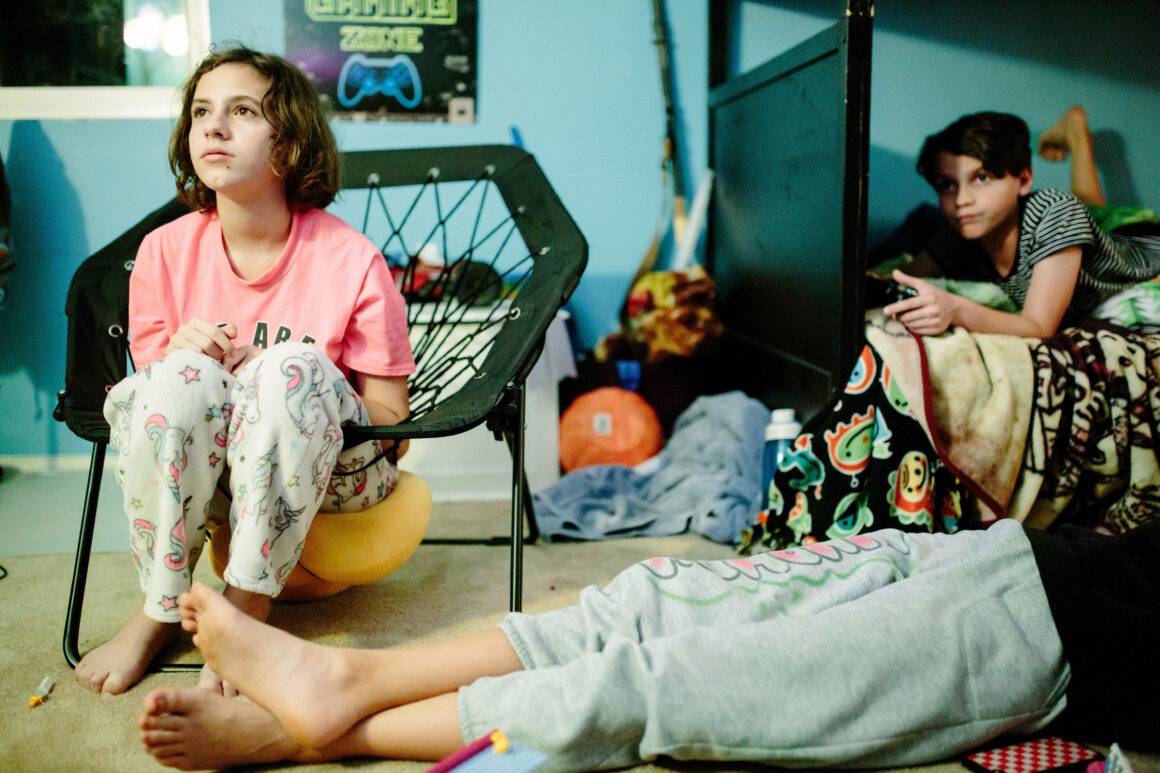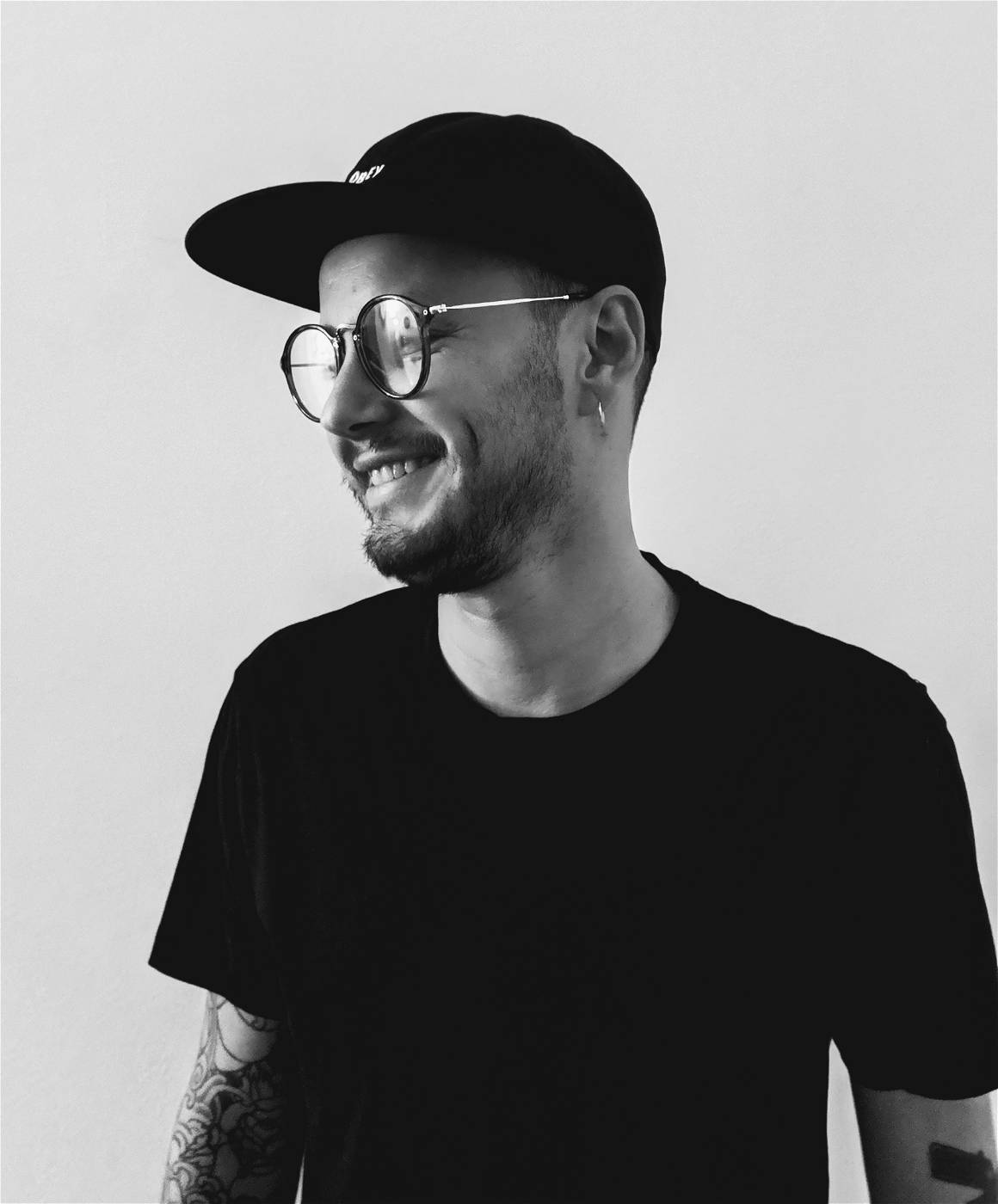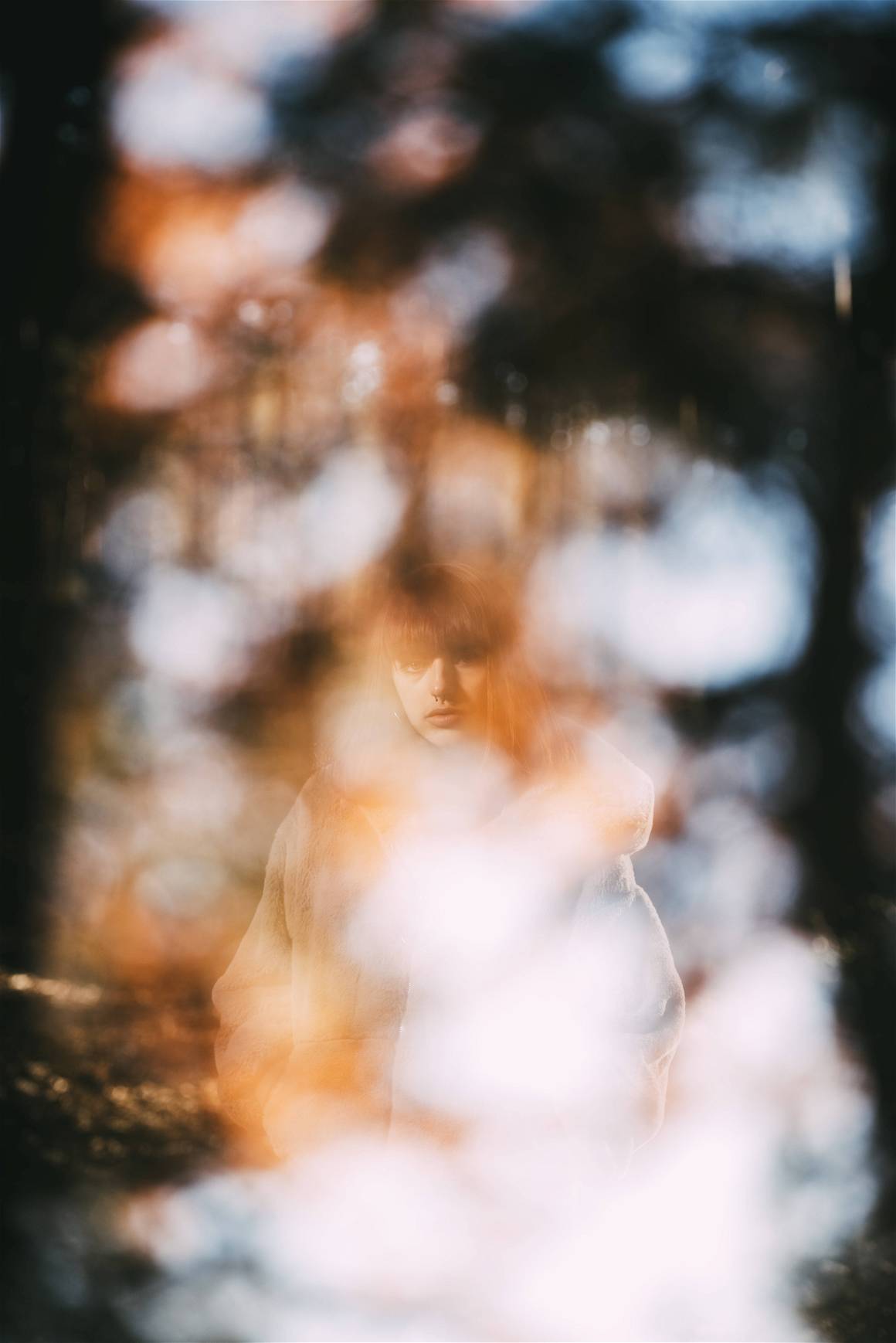In a conversation with The Game Magazine, produced by IMAGO, a Photo Agency, Juan Vargas shares his advertising background and the critical role photography plays in the industry. His position as creative director gives him the ability to guide teams and emerging talent to achieve optimal results. He also explores how new technologies are integrated into the creative process to shape new projects.

Advertising Photography in the Digital Era: A Conversation with Creative Director Juan Vargas
Juan highlights his perspective on why photography plays a critical role in connecting brands and users and offers tips on how to select the most appropriate images. He also discusses the importance of astute use of social media, where careful curation of authentic-looking images can drive the success of a strategy.
In addition, he shares his views on the application of Artificial Intelligence. as a tool to streamline processes and reduce time, but not to replace the final product. Photography remains essential; the human approach will always possess a unique approach that machines cannot replicate.
“Photography plays one of the most important roles, in many cases for us it is the only way we have to transmit emotions or to make the user feel part of the brand by seeing themselves reflected in one of the characters/models.”

First, could you tell us a little about yourself, how you started in the world of advertising and the role you play as Creative Director?
I’m Juan Vargas, creative director at Darwin & Verne. I started in advertising 12 years ago in Santiago (Chile) and 5 years ago here in Madrid. I have worked for internationally renowned agencies.
Could you tell us about your experience as a creative director in the advertising industry? What do you like the most and the least?
I will start with what I like the most, and that is having the possibility to guide teams towards the best possible result that we have to offer; that is what I like the most about being a DC, being able to have the opportunity to grow the newest and youngest talent is something that amazes me every day.
My least favorite thing is having to get away from creativity and being in thousands of meetings every day. I think there is a point where we abuse so many meetings and cut the creative process, there are many meetings that could be solved with an email, and that’s something I think we should change.
When approaching a new project or campaign, what is the creative process?
I don’t have a set creative process. It’s not like I have a recipe for tackling projects or campaigns, I just let myself flow and listen to my intuition with certain thoughts. What I do try to do is to create a space of calm before I sit down or start thinking, and I like to face things blankly without seeing or looking for references. It helps me to arrive at less predictable and less seen results.

What role does photography play in the brand narrative, and how does it contribute to brand identity?
Photography plays one of the most important roles, in many cases for us it is the only way we have to transmit emotions, or to make the user feel part of the brand by seeing themselves reflected in one of the characters/models. I think we sometimes forget that photography helps us to do this. Many brands lack identity or generate rejection in users just for the simple fact of not being identified or not feeling anything when they see their communication. This is a great harm that has been done by using photos from image banks for brand work, with this we lose identity and this distances us from the reality of a society.


What elements influence the selection of photographic images for a campaign?
Depending on the client there can be many variables, but in general it is usually the client’s target audience that determines the images. Then, lighting and colour, but the almost repetitive thing in the shooting is the target with which the client works. Sometimes we don’t agree with it and we try to guide that social representation in a better way, but in many occasions this fight is still lost. I hope we win it soon because brands need to understand this.


How has the role of photography in advertising changed over the years?
Not much has changed and, if it were my personal opinion, I would say nothing. It is still one of the most important functions for brands, and the way of working with it has not changed. Fashions and formats have changed, but photography is still there, maintaining its function, maybe now with AI it will start to change, although I have my doubts about that.

What are some of the current trends in advertising photography?
I think right now there is a big trend towards more natural photos, almost as if it were user generated, that boom in ugly aesthetics has made people, especially Gen Z, prefer more casual and natural photographs, abandoning a bit of posing and plastic. I think that’s the trend today, that’s what I feel at least.
“I think right now there is a big trend towards more natural photos, almost as if it were user generated.”
How is photography used to connect emotionally with consumers in advertising?
As I said above, photography has been used in this way for as long as advertising has existed. It’s nothing new that we try to connect with our consumers through images. I think the trick is to make you feel like you could be the person you see in the image. That feeling or that scene is almost a déjà vu is the most difficult thing but there are techniques for this, working the light in a certain way, the framing, the acting of the characters, when you do this job well that connection should happen.
How is social media used in terms of photo advertising and what impact does this have on brands?
This is a long topic, there are not many brands that invest photographically for their social networks, on the other hand the fashions and ways that have the networks are constantly evolving. As I said in another question today I think brands should always invest in social networks almost as a must, and in a natural way almost like a personal profile, turning brands into people or communities of people is what is making some brands perform better than others. It’s no longer whoever has the best photo, it’s whoever gives me the most real image that makes me feel like I’m part of that brand that wins. The photographic decisions that you apply to your brand have an impact on followers and likes, although many don’t believe it, a solid strategy for your social networks is useless if the photography doesn’t accompany or make that strategy bigger.


How has Artificial Intelligence impacted the production and editing of advertising photography, and what are its future implications?
I really can’t say how much of an impact it has had. In my opinion, it hasn’t had as much of an impact as we think. It has had more of an impact on image banks, now instead of looking for photos in a bank we can create them with the lighting and framing we want, that’s a big change when it comes to tackling projects, but photography will still be necessary. Personally I wouldn’t trade a photographer for Midjourney, AI has its capabilities and will improve over time, but the human will always have an approach that the machine won’t have. When we work with someone else there is a discussion, there are tests, there are mistakes that enrich that production. With Midjourney that is lost, it becomes a selfish work without response, where you yourself have to draw conclusions that often will not be visible.
Who knows what the next steps will be, I want to believe that nothing will change and that AI will only be there as another tool to facilitate certain processes and shorten times, and not as a tool for the final product.
What AI technologies or tools are commonly used in advertising photography and the creative process?
Nowadays I’m using Midjourney a lot to optimise my time in generating images for presentations. I still don’t feel we are at a point to present a final piece to a client, I think we must first look at the copyright issue before working at this level with these tools, and this copyright thing is something that scares me.
I also use ChatGPT, not a lot but from time to time, and lately, I’ve started playing with Runway2 to make videos.
It seems to me that we are looking at a new way of working in some processes and that excites me, I want to see where this is going to take us.
Do you have any recommendations for photographers to make sure their vision aligns with the creative vision and goals of today’s advertising?
Not really, I think that nowadays photographers and advertisers are looking for the same thing. I think that over the years a synergy has been achieved in this industry in the search for the best possible result. This is something that must be maintained and it is clear when you see the work that is being done.






